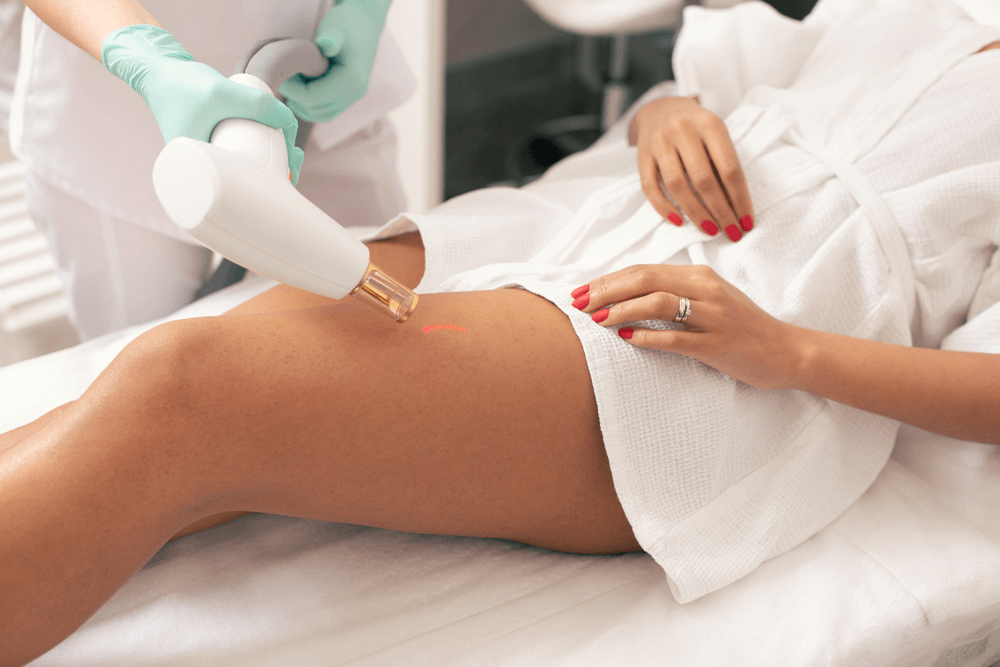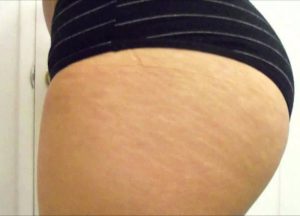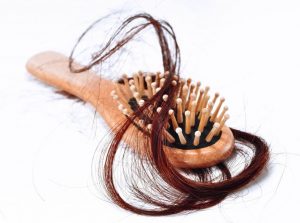laser for stretch mark removal
Stretch mark removal using laser surgery can be very costly.
Laser surgery for stretch mark removal is the most drastic method available today. However, at roughly $200 each treatment, it is far from the most affordable alternative. In comparison to the previous treatments of abdominoplasty (tummy tuck) and stretch mark creams, laser surgery is a relatively modern approach.
Stretch lines appear for a variety of causes, one of which being pregnancy.
Scar tissues grow to heal the damage and reconnect the damaged skin tissues when the skin is stretched to the point of breaking down, similar to how elastic loses its elasticity. Scars are caused by the loss of collagen and elastin in the skin, as well as loss of tone, fine lines, and wrinkles.
Stretch lines may diminish in color over a lengthy period of time, frequently years, but the scars remain. Anyone who has gained a lot of weight quickly or gone through a pregnancy has most certainly encountered comparable side effects.
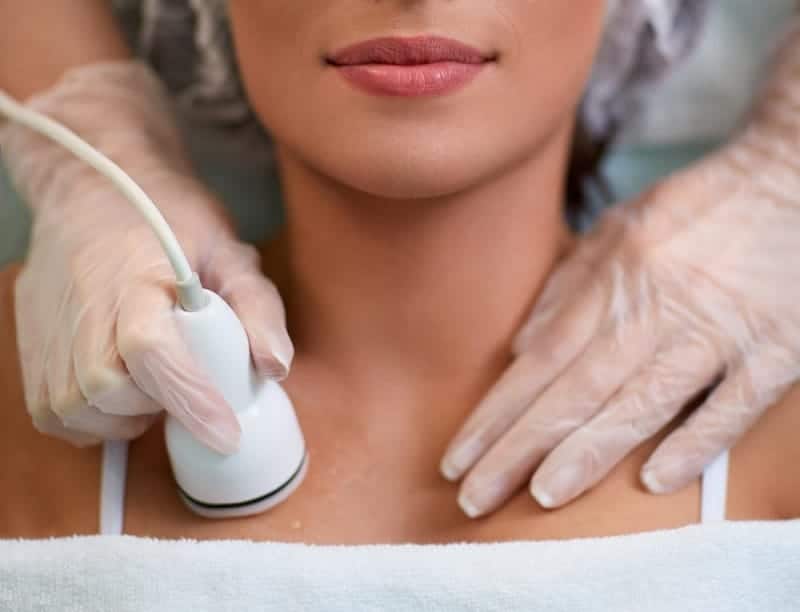
Stretch mark removal with lasers entails applying regulated laser light to the afflicted region. After they have been broken down and removed, the injured vessels are healed by stimulating the synthesis of collagen, which fills in the space formerly held by scars. It has no recovery period, and the worst that can happen is that the markings do not heal at all.
The use of lasers is so effective because it treats more than just the top layer of skin and really penetrates into the skin layers where collagen is generated.
Laser treatment is only available for scars that are still fresh, pink or purple in color. The biggest downside of utilizing lasers is that it usually takes a lot of regular treatment sessions and a significant investment before you see a difference in your skin.
Find a board-certified plastic surgeon if you want to employ laser surgery. Make an appointment to go over the procedure. Since the 1960s, lasers have been employed to help with aesthetic skin issues and are painless. Laser surgery practitioners believe that this new approach can regenerate damaged skin, making it feel more elastic and appear similar to how it used to. Although it is still considered cosmetic surgery, laser surgery does not entail skin cutting and does not result in skin texture anomalies.
Is Laser Treatment for Stretch Marks Effective?
What is the most effective method for removing stretch marks?
This is a question that many people, particularly women, frequently ask. It appears like a struggle is being fought against these scars that emerge on overstretched skin. The usage of laser for stretch marks is one of today’s most popular therapies.
Is this a viable solution?
Some believe it is, while others say it isn’t, igniting a heated dispute concerning the efficacy of this practice.
The truth is that laser therapy has a higher proportion of efficacy in removing new scars. This is due to the fact that the lines generated are young, and the skin has not yet lost its flexibility.
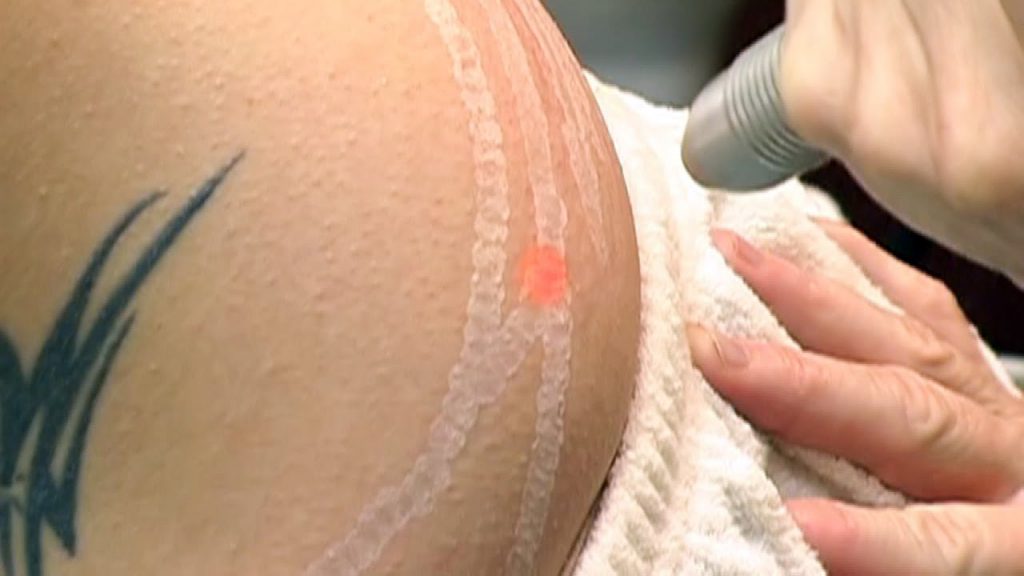


This therapy works by eliminating the dead tissue that forms the scar. Because the skin heals quickly when it is fresh, the trimmed skin is covered with a new layer shortly after the procedure.
It’s a different story when it comes to older markings. At this time, the skin will have lost its flexibility, and the only thing this therapy can accomplish is lessen the scar somewhat. This indicates that the lines aren’t fully gone, but the lightened scars can vanish with the use of lotions.
If you intend to utilize laser to treat stretch marks, you should first speak with multiple qualified skin care professionals. Different experts have varying levels of expertise and demand varying fees.
People with less severe markings should expect to be treated in one or two sessions, however those with more severe marks may require up to 10 sessions.
There may be some redness or discomfort after using a stretch mark removal laser, but it should only last two or three days. The danger of using the laser is substantially lower than the risk of surgery.
If you want to utilize a stretch mark removal laser, it may cost a bit extra, but it will have a significant impact on the majority of individuals. The laser will remove a tiny layer of skin, reducing the visibility of the markings.
This is a popular alternative since it avoids the risks associated with surgery and the body heals quickly after using a stretch mark removal laser. The number of sessions required by a person is determined by the severity of the markings.
If your issue is the result of pregnancy, you may want to consider a belly tuck as a remedy. This technique eliminates extra skin while also permanently removing scars generated on the stretched skin. However, this surgery is quite pricey.
It will also be more successful than creams or other non-invasive methods, making it a feasible alternative for many people.
The Methodology
During the operation, a laser beam is utilized to remove thin skin layers around the afflicted region. High-energy UV laser beams are also used to destroy the molecular connections of skin tissue, a process known as ablation. The markings will not vanish in a single operation. Depending on the degree of the skin damage, many operations may be required.
The Restoration Period
The treated region will be sensitive and red immediately following the operation. It will take a few days for the wound to heal. Layers of new skin will grow during the healing process. Another post-procedural adverse effect that may occur is transient blistering comparable to that of a burn.
Healing time might range from a few days to a few weeks, depending on how quickly the skin heals.
The End Results
In most circumstances, laser surgery is quite successful. It is known to erase both old and new markings, as well as those that have penetrated deeper skin tissues, albeit in this case, repeated sessions are required before the appearance is diminished.
If you intend to employ laser stretch mark removal, see a qualified cosmetic surgeon or dermatologist who is well-versed in the procedure.

